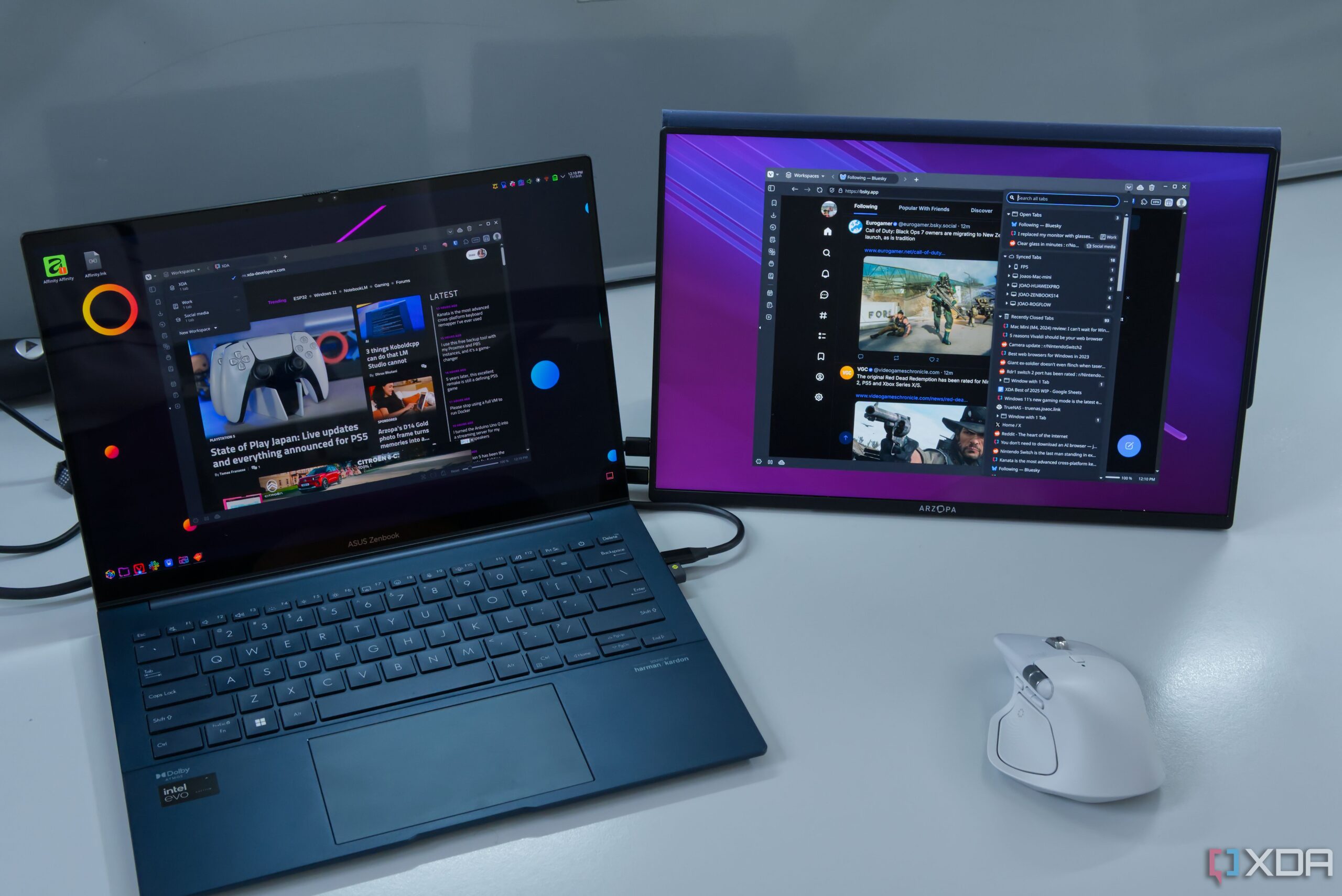The Vivaldi web browser is becoming a preferred choice for users seeking robust tab management features that enhance productivity. Many individuals rely on web browsers for their daily tasks, and managing multiple open tabs often poses a significant challenge. Vivaldi addresses these concerns with a suite of innovative tools designed to streamline tab organization and improve user efficiency.
Advanced Tab Management Features
Vivaldi offers a variety of features that facilitate efficient tab management. One standout function is the **workspaces** feature, which allows users to organize tabs into different environments dedicated to specific tasks. Users can name workspaces according to their projects, making it easier to navigate between groups of tabs when juggling multiple assignments. This flexibility is particularly beneficial for those managing diverse tasks simultaneously.
Another significant feature is the **tab stacks**, which enable users to group related tabs while maintaining a clear visual overview. Unlike traditional tab groups in other browsers, Vivaldi’s tab stacks allow for a second row of tabs, preserving the top-level view of open tabs. This makes it easier to manage large sets of tabs without scrolling through numerous options, enhancing user experience.
Vivaldi also supports **tab tiling**, a feature that allows users to display multiple tabs side by side on the screen. This capability surpasses the dual-pane view found in other browsers, as Vivaldi can split the screen into several panels, providing unparalleled flexibility. Users can resize these areas to suit their preferences, making it easier to compare information across tabs.
Seamless Synchronization and Recovery
In addition to its tab management capabilities, Vivaldi excels in tab synchronization across devices. Open tabs are continuously synchronized to the cloud, allowing users to access their work seamlessly from different devices. For example, a user might start research on a **Mac Mini** and later switch to another device without losing track of their work. The cloud icon provides easy access to synced tabs, eliminating the need for manual transfers.
Vivaldi also offers robust options for recovering closed tabs and windows. The **trash can icon** at the top of the browser maintains a list of recently closed tabs, enabling users to reopen them with ease. Furthermore, users can save their open tabs as a session, allowing for indefinite storage and access later. This feature is particularly useful for users who wish to keep their work organized without cluttering their recent history.
To enhance user experience further, Vivaldi has streamlined access to its tab management features through a recent update. A new button located at the top of the browser provides a summary of cloud-synced tabs, recently closed tabs, and tabs open across different windows and workspaces. This consolidated view reduces the time spent searching for specific tabs, making navigation more efficient.
Vivaldi’s sidebar also enhances usability by offering a **Windows and Tabs** section where users can manage their open tabs and workspaces. This sidebar includes additional controls, such as the ability to create new workspaces and access frequently used websites in an overlay, allowing for a more organized browsing experience.
Vivaldi has been dedicated to improving browser productivity for nearly **11 years**. While many companies focus on integrating artificial intelligence features into their browsers, Vivaldi remains committed to providing practical tools for users seeking effective tab management. The browser’s advanced features make it a strong contender in the market for those prioritizing productivity.
In summary, Vivaldi differentiates itself from competitors by offering a comprehensive set of features catered to users who require efficient tab management. With its innovative tools and seamless synchronization, Vivaldi provides a compelling alternative to traditional web browsers, appealing to those looking to enhance their online productivity.
